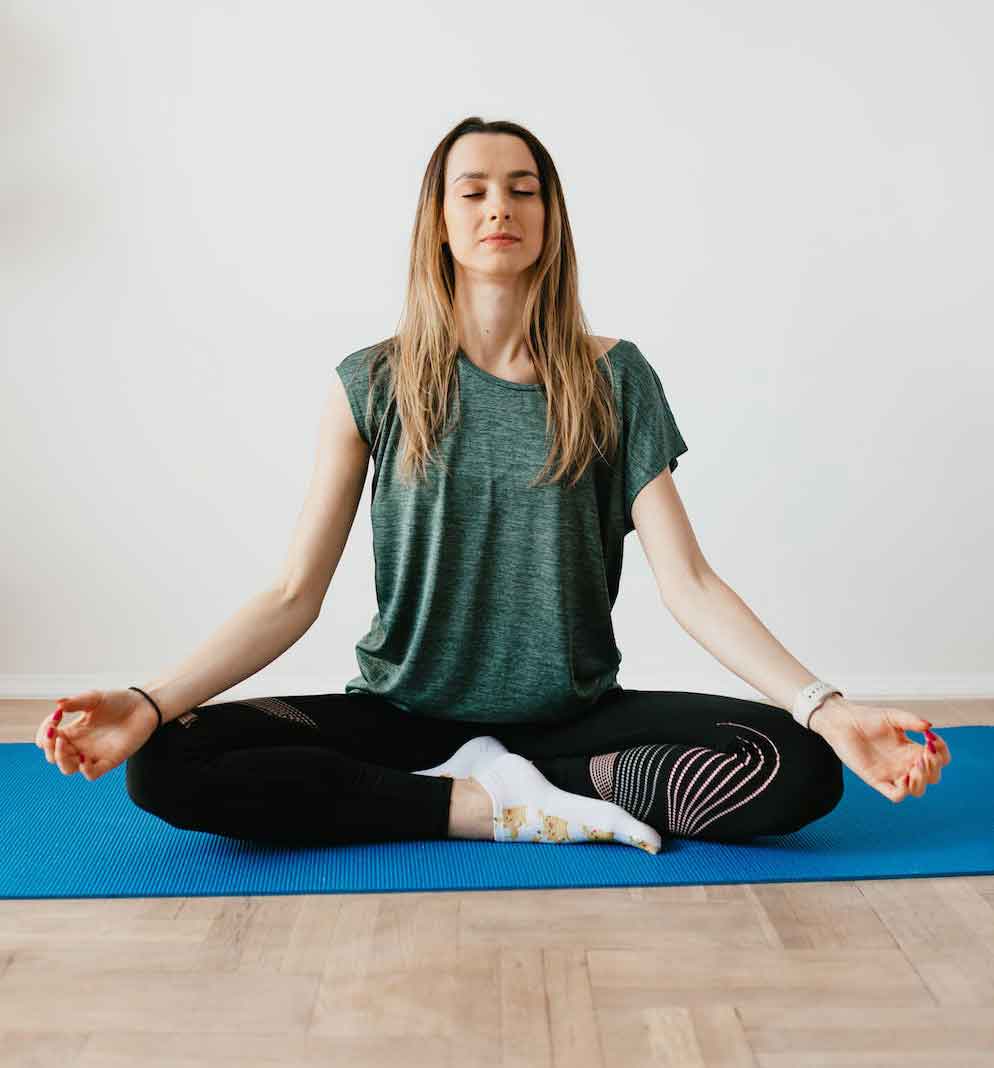
Ujjayi Breathing is a yoga breathing method that involves tightening the back of the throat to produce a mild hissing or oceanic sound during both the inhalation and the exhalation. It is also referred to as “Victorious Breath” or “Ocean Breath.” It makes use of rhythmic, deep nasal breathing. This method is distinguished by the sound that is made in the throat, which sounds like waves in the ocean.
Ujjayi breathing originated from the ancient yoga technique of pranayama, which is a fundamental component of yoga. The method is believed to improve general wellbeing and the mind-body connection. During yoga practice, the audible quality of Ujjayi breath is frequently used as a focal point to assist practitioners in maintaining awareness and attention.
Benefits of Ujjayi Breathing
Physical Benefits
Ujjayi breathing has several physical health benefits. It contributes to blood oxygenation, which enhances circulation and cardiovascular health overall. In addition to producing a slight internal heat, the moderate constriction of the neck during Ujjayi Breathing facilitates the body’s natural cleansing and detoxification. Regular Ujjayi Breathing exercise can also improve respiratory efficiency and lung function.
Mental and Emotional Benefits
In addition to its physical benefits, Ujjayi Breathing has significant psychological and emotional advantages. The regularity of breathing promotes relaxation, lowers stress levels, and quiets the mind. Usually, It is used as a tool to enhance mental clarity and control anxiety. Ujjayi Breathing’s slow, rhythmic breathing also promotes mindfulness, which heightens one’s feeling of self-awareness and presence.
How to do Ujjayi Breathing?
Preparation for Ujjayi Breathing
Setting up a peaceful space is crucial before beginning Ujjayi Breathing pranayama. Whether sitting on the floor or on a chair, find a comfortable position and make sure your body is relaxed and your spine is straight. Close your eyes, press your lips together, keep your hands relaxed, and take a few deep breaths to fully relax yourself.
Steps to Practice Ujjayi Breathing
First, inhale slowly and deeply through your nostrils. Let the air fill your lungs all the way to the bottom of your abdomen. Gently tighten the muscles in the back of your throat as you release the breath to produce a hissing sound or the sound of waves coming in and going out. The secret is to control the airflow by keeping the throat constricted throughout the inhale and exhalation.
Getting the Ujjayi Breathing Sound Right
The unique sound that Ujjayi breathing makes sets it apart from other pranayamas. To get the appropriate sound, regulated throat constriction and vocalization are essential. Common errors that can hinder the exercise include inhaling too forcefully or tensing up in the throat. Gaining proficiency in Ujjayi breathing requires an understanding of the subtleties of sound creation and the ability to make necessary modifications.
To simplify, imagine that you are about to create a fog to clean a mirror, and try to make the same sound, a “hah,” with just your breath. As you become accustomed to this sound, try making it slowly and deeply with your breath while closing your mouth. Now, maintain your attention on the back of your throat to create the illusion that the sound is coming from there. It should be easy to understand this.
Practicing Ujjayi Breathing
The advantages of yoga and meditation can be amplified by incorporating Ujjayi breathing into the practice. People can improve their focus and inner awareness by timing their motions to the Ujjayi breath. It is highly recommended to incorporate Ujjayi breathing into everyday activities as consistency is essential to experiencing the full benefits of this practice.
Integrating Ujjayi Breathing into Daily Life
Outside of structured training sessions, Ujjayi breathing can be an effective technique for stress reduction and keeping your cool under pressure. Ujjayi breath can promote resilience and a heightened sense of present during daily tasks. This can have positive long-term benefits on general well-being.
Contraindications of Ujjayi Breathing
Who should avoid Ujjayi Breathing?
It is advised that people with high blood pressure, respiratory issues, or cardiovascular diseases practice Ujjayi Breathing under the supervision of a certified yoga instructor or medical expert. Additionally, pregnant women should use caution when using this breathing technique.
Precautions for Practicing Ujjayi Breathing
It is important to stop practicing Ujjayi Breathing and get expert help if you feel uncomfortable, lightheaded, or dizzy while doing so.

